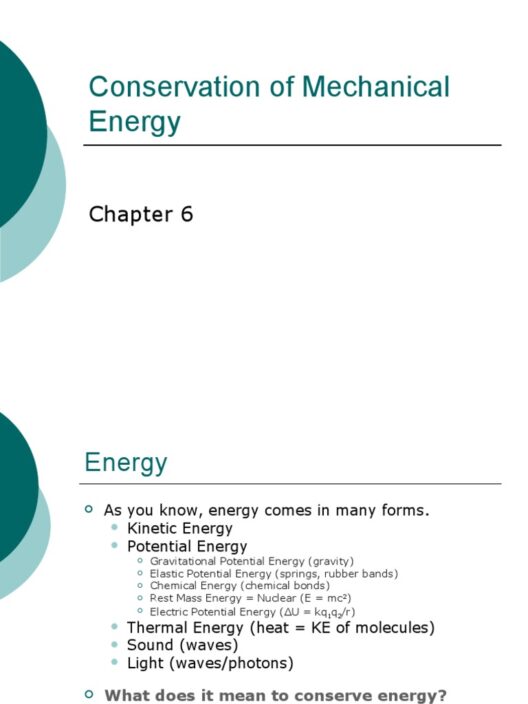In today’s ever-evolving world, the imperative to conserve energy and resources in the workplace has transcended mere corporate responsibility—it has become a strategic necessity. As climate change looms large and resource depletion becomes increasingly palpable, businesses find themselves at a critical junction. To foster an environment conducive to sustainability while simultaneously maximizing operational efficiency, companies must adopt innovative approaches. Herein lies a comprehensive exploration of how to judiciously conserve energy and resources, while ensuring the workforce remains engaged and productive.
To initiate this transformative journey, one must first comprehend the core tenets of energy management. Energy efficiency is not merely about reducing consumption; it is about optimizing existing processes to harness the full potential of resources. This requires a paradigm shift in how employees perceive their role in the collective effort towards sustainability. Organizations can inspire this metamorphosis through education and training programs that elucidate the advantages of energy conservation—both environmentally and economically.
Consider the ubiquitous phenomenon of energy audits. An audit can serve as the first step toward identifying inefficiencies within a workplace. This meticulous process involves evaluating energy usage patterns, assessing equipment performance, and pinpointing areas ripe for optimization. Armed with the findings from an energy audit, managers can make informed decisions to implement changes that will considerably bolster energy efficiency. From retrofitting outdated machinery to embracing cutting-edge technology, every adjustment contributes to a more sustainable future.
Furthermore, technology plays a pivotal role in streamlining energy consumption. The advent of smart building systems has revolutionized how organizations manage electricity. These systems feature advanced sensors that monitor usage in real time, allowing for immediate adjustments to lighting, heating, and cooling. The automation of such processes guarantees that energy is utilized only when necessary, effectively minimizing waste. Workers can engage with these systems, fostering a culture of responsibility and awareness regarding energy use.
The implications of sustainable practices extend beyond mere energy savings; they encapsulate resource conservation as a holistic concept. To sharpen focus on resource efficiency, workplaces must scrutinize the materials they consume daily. For instance, the widespread use of paper remains a significant concern. By transitioning toward a paperless environment through digitalization, companies can drastically reduce paper waste—a move that not only conserves trees but also decreases the energy required for paper production and disposal. Implementing policies that encourage digital communication over printed materials can cultivate a culture of mindfulness concerning resource usage.
Moreover, the design of the workplace itself can impact resource consumption in profound ways. Ergonomically designed spaces that allow natural light to permeate can diminish dependency on artificial lighting, significantly reducing energy expenditure. Additionally, the integration of green spaces within the workplace, such as indoor plants and outdoor gardens, can enhance air quality and provide psychological benefits to employees, thereby augmenting productivity. A thoughtfully curated environment fosters a symbiotic relationship between efficiency and well-being.
Nevertheless, conserving energy and resources requires more than just technological advancement or thoughtful design; it mandates a culture of accountability. Encouraging employees to become custodians of sustainability is paramount. Initiatives like energy-saving competitions or ‘green teams’ can invigorate corporate culture, inspiring employees to actively participate in energy conservation. Recognizing and rewarding eco-friendly practices can also serve as a catalyst. For instance, acknowledging departments that have successfully reduced energy use fosters a sense of achievement and reinforces positive behaviors.
Furthermore, the procurement process offers an opportunity for businesses to champion sustainability. Choosing suppliers and materials that prioritize eco-friendly alternatives plays a critical role in reducing environmental impact. Whether it involves selecting renewable resources or investing in sustainable technologies, the choices a company makes in its supply chain ripple through its overall carbon footprint. By aligning purchasing policies with sustainability goals, businesses can create a virtuous cycle of energy conservation that extends beyond their operational boundaries.
In addition to this, fostering an open dialogue about sustainability within the organization can cultivate a deeper understanding and commitment among staff. Regularly scheduled workshops, seminars, or speaker series featuring thought leaders in sustainability can engage employees and spark ideas on conserving energy. This knowledge sharing not only heightens awareness but can inspire innovative strategies tailored to the unique challenges and demands of the workplace.
Transitioning to renewable energy sources can be a groundbreaking shift for many organizations. From solar panels to wind turbines, investing in renewable energy infrastructure can not only significantly reduce reliance on nonrenewable sources but can also yield substantial long-term cost savings. Companies can explore various financing options to offset initial installation costs, including government incentives and grants, which can make such projects more attainable.
Ultimately, the objective of conserving energy and resources in the workplace aligns with a broader societal imperative to combat climate change. Every small action, when assembled collectively, becomes part of a larger narrative of environmental stewardship. Merging sustainability with business strategies not only enhances company reputations but can also attract a conscientious consumer base increasingly drawn to environmentally responsible brands.
In a world grappling with the repercussions of climate change, the time is ripe for a transformative shift in workplace practices. By embracing energy conservation and resource efficiency, organizations can not only contribute to a sustainable future but also redefine their operational efficacy. The path ahead demands creativity and collaboration, a willingness to challenge the status quo, and the audacity to reimagine what is possible. The promise of a greener workplace awaits—one where efficiency and sustainability flourish in tandem, illuminating a brighter future for all.





